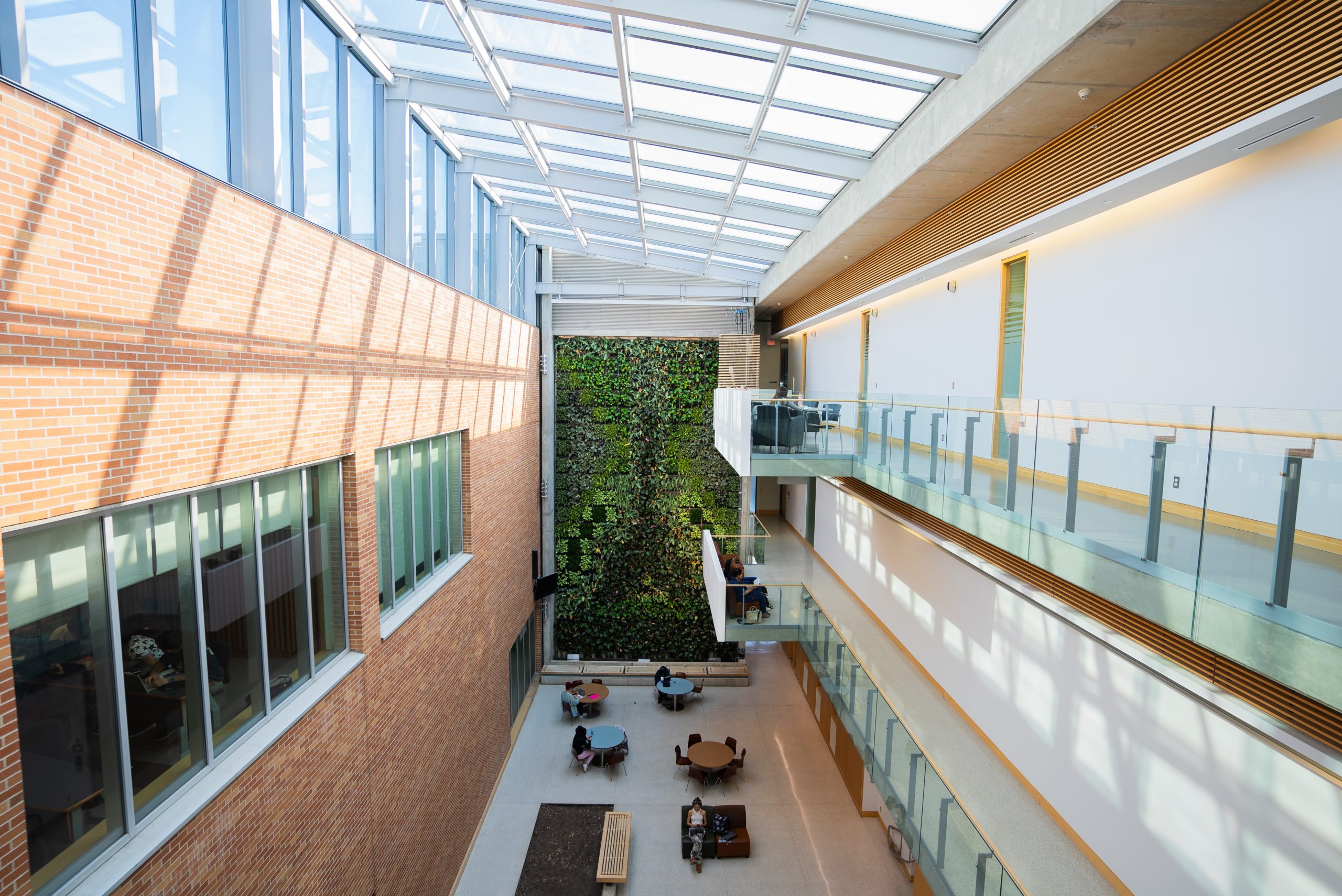Breathing is something we do without even thinking about it, but the quality of the air we breathe can have a significant impact on our health and well-being. In today’s world, where pollution levels are constantly on the rise, it’s essential to have effective solutions that can improve the indoor air quality around us. This is where biofilters come into play.
Biofilters are a natural and eco-friendly way to purify the air. By actively circulating the air through the microbiome in the plant’s root zone, biofilters can remove harmful pollutants from the air, reduce building energy consumption, and create a healthier indoor environment for everyone. In this article, we’ll explore the benefits of biofilters, how they work, and how they can help us breathe easy in the face of environmental challenges.

What Are Biofilters And How Do They Work?
Biofilters are a type of air purification system that use living plants to filter out harmful pollutants from the air indoors. The biofilter works by pulling contaminated air through the plant root zone, where microorganisms living on the roots break down the pollutants and convert them into harmless substances. The purified air is then released back into the environment, creating a healthier and cleaner indoor environment for occupants. Biofilters are typically integrated with HVAC systems or air handling units in buildings.
Benefits of Biofilters
The benefits of biofilters are numerous and far-reaching. Here are some of the key highlights of biofilter living walls:
1. Biofilters and Air Quality:
Did you know the air you breathe indoors can be more harmful than the air outside? Tightly sealed buildings trap pollutants like dust, mold, and off-gasing chemicals (also referred to as VOCs) from furniture and cleaning products. These pollutants can trigger numerous respiratory problems including allergies and even asthma.
Biofilters offer a natural and effective solution to indoor air pollution as they can effectively remove harmful pollutants from the air. Common targets include formaldehyde, benzene, and trichloroethylene, often found in everyday items within our homes and offices. Research suggests biofilters can eliminate up to 90% of these airborne threats, creating healthier indoor environments for us to live and work in.
2. Biofilters and Energy Efficiency:
The benefits of biofilters extend beyond improved indoor air quality. These features can significantly reduce ventilation requirements within a building, leading to substantial cost savings for building operations. Biofilters effectively clean indoor air, allowing buildings to rely less on constantly bringing in and conditioning outdoor air. This translates to lower energy consumption for heating, cooling, and ventilation systems.
Third-party research by the National Research Council of Canada demonstrates this impact – their study showed that the New Earth Solutions biofilter can reduce ventilation requirements by up to 40%. This translates to a significant decrease in operating costs and a more sustainable building footprint.

In conclusion, biofilters offer a natural and sustainable solution to combating air pollution within our buildings. Using nature itself, biofilters can effectively remove harmful pollutants from the air, improve building operational efficiency, and create healthier indoor environments for us to live in. The benefits of biofilters are numerous and far-reaching, from improved health outcomes for occupants to cost savings and increased sustainability for building owners. With successful installations in a range of buildings, biofilters are quickly becoming a go-to solution for many businesses.
